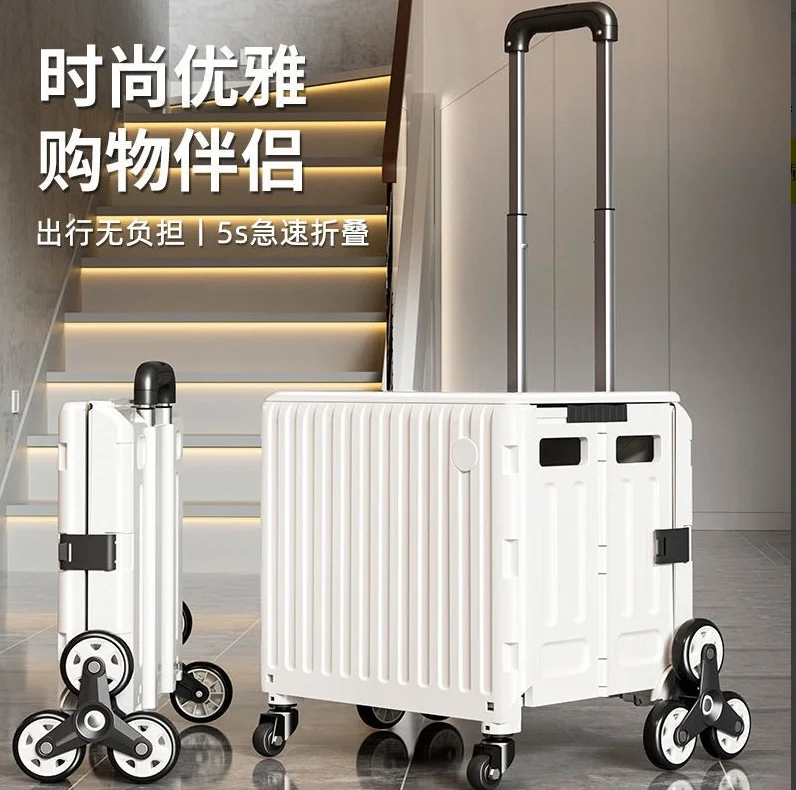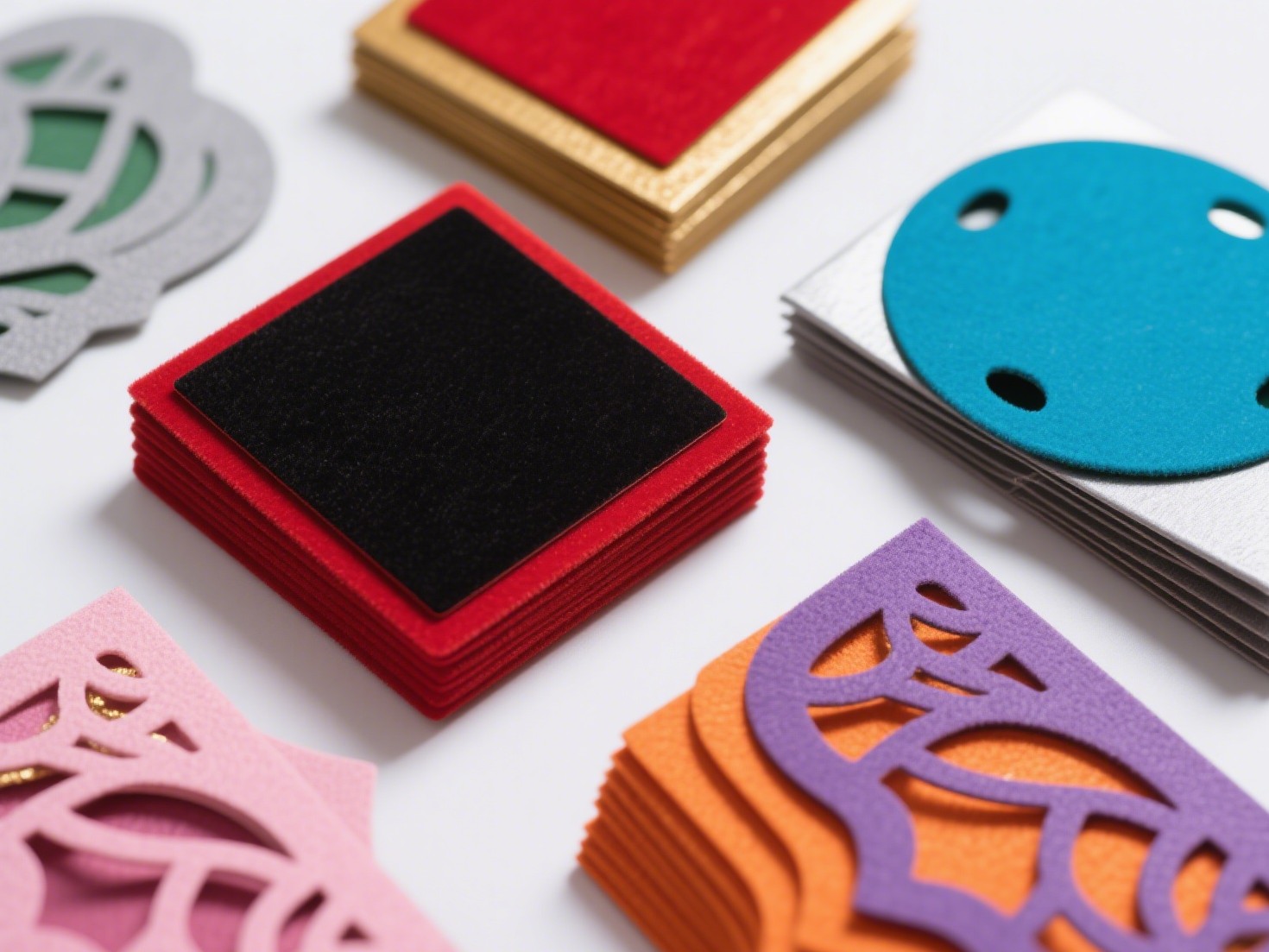When it comes to construction and woodworking, plywood is a staple material known for its versatility, strength, and cost-effectiveness. However, not all plywood is created equal. In this article, we delve into the realm of high-end plywood, exploring what makes certain types extraordinarily expensive and the factors that contribute to their premium pricing.
Understanding Plywood: A Brief Overview
Plywood is engineered wood made from thin layers, or plies, of wood veneer that are glued together. This construction method enhances the material's strength and stability, making it a preferred choice for various applications, from furniture to structural components. The cost of plywood can vary significantly based on several factors, including the type of wood used, the manufacturing process, and the intended application.
The Most Expensive Plywood: What Sets It Apart?
When discussing the most expensive plywood, we must consider several key factors that contribute to its high price tag:
- Type of Wood: The species of wood used in the production of plywood plays a crucial role in its cost. Exotic hardwoods such as Mahogany, Teak, and Ebony are among the most sought-after materials due to their aesthetic appeal, durability, and rarity. For instance, Teak plywood is renowned for its resistance to moisture and decay, making it ideal for marine applications, which drives up its price.
- Manufacturing Process: The method of production can significantly impact the cost of plywood. High-end plywood often undergoes meticulous manufacturing processes that ensure superior quality and performance. This includes advanced techniques like rotary cutting, which maximizes the yield from each log, and the use of high-grade adhesives that enhance durability and resistance to environmental factors.
- Finishing and Treatment: Premium plywood often comes with specialized finishes or treatments that enhance its appearance and longevity. For example, marine-grade plywood is treated to withstand harsh weather conditions, while veneered plywood may feature intricate designs that elevate its aesthetic value. These additional processes contribute to the overall cost.
- Sustainability and Certification: In today’s environmentally conscious market, sustainably sourced plywood is gaining traction. Plywood that is certified by organizations such as the Forest Stewardship Council (FSC) often commands higher prices due to the assurance of responsible sourcing and environmental stewardship. Consumers are increasingly willing to pay a premium for products that align with their values.
Notable Examples of Expensive Plywood
- Teak Plywood: As mentioned earlier, Teak is one of the most expensive types of plywood available. Its natural oils make it resistant to water, insects, and decay, making it a popular choice for boat building and outdoor furniture. Prices can range from $100 to $200 per sheet, depending on thickness and quality.
- Mahogany Plywood: Known for its rich color and fine grain, Mahogany plywood is another luxury option. It is often used in high-end cabinetry and furniture. The cost can vary widely, but premium Mahogany plywood can exceed $150 per sheet.
- Bamboo Plywood: While not a traditional hardwood, bamboo plywood has gained popularity due to its sustainability and strength. High-quality bamboo plywood can be quite expensive, often ranging from $80 to $150 per sheet, especially when sourced from certified sustainable farms.
- Birch Plywood: Baltic Birch plywood is highly regarded for its strength and aesthetic appeal. It is often used in furniture and cabinetry. Prices for high-grade Baltic Birch can reach $100 or more per sheet, particularly for thicker options.
Conclusion: Investing in Quality Plywood
When considering plywood for your next project, it’s essential to weigh the benefits of investing in high-quality materials against your budget. While the initial cost of expensive plywood may be higher, the long-term benefits—such as durability, aesthetic appeal, and sustainability—can make it a worthwhile investment.


